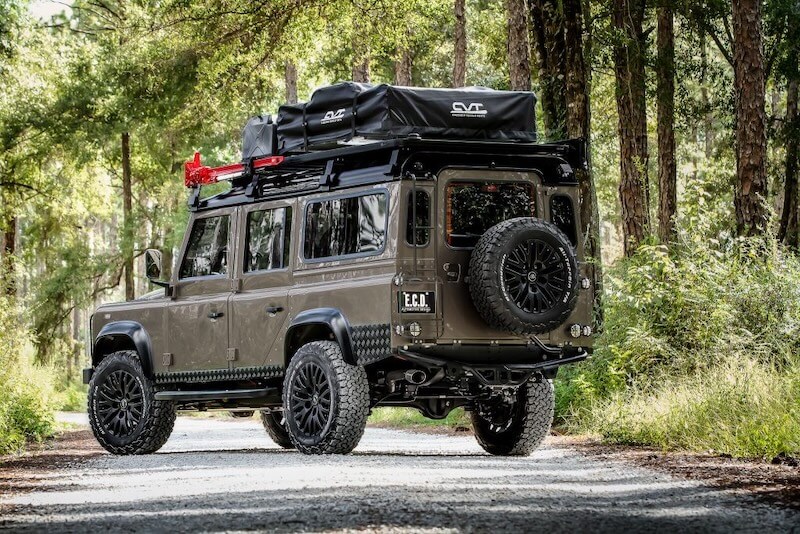Seattle-based Overland AI has made significant strides in autonomous vehicle technology, specifically tailored for military applications. The company has recently launched two key products: "Spark," a comprehensive autonomy kit designed to convert existing ground vehicles into autonomous platforms, and "ULTRA," a fully autonomous tactical vehicle.
Spark, unveiled in March 2025, offers a rapid and scalable solution for equipping military fleets with autonomous capabilities. This "autonomy upfit" integrates Overland AI's advanced "OverDrive" software stack with existing vehicle hardware. It includes LiDAR (Light Detection and Ranging) and high-resolution stereo cameras, enabling operation in darkness, dust, and adverse weather conditions. Integrated GPS, IMU (Inertial Measurement Unit), and speed encoders facilitate precise movement tracking. A key feature of Spark is its drive-by-wire design, allowing quick installation while retaining the vehicle's manual control capabilities when necessary. This provides an "immediate path to autonomy," bypassing the lengthy timelines typically associated with acquiring new autonomous systems. Spark also includes a cutting-edge communication system that utilizes Starlink, tactical mesh, LTE, and Wi-Fi to ensure connectivity with operators, even in degraded or denied environments.
According to Overland AI, Spark's integration allows the Department of Defense (DOD) and other government entities to transform their existing vehicle fleets into autonomous ground vehicles quickly and on a large scale. The company emphasizes the tactical advantages this offers in rapidly changing military theaters. The system's modular design allows for rapid installation with minimal vehicle modifications.
Building upon the capabilities of Spark and OverDrive, Overland AI launched ULTRA in April 2025, a fully autonomous tactical vehicle designed for ground operations. ULTRA integrates these technologies into a modular and attritable platform currently in production. It can deploy multiple modular payloads, including Unmanned Aerial Systems (UAS) for reconnaissance and breaching operations. The vehicle boasts a 1,000-pound payload capacity, a top speed of 35 miles per hour, and a cruising range of up to 100 miles.
ULTRA is designed to navigate challenging environments, ranging from dense forests to volcanic ridges, empowering warfighters in contested theaters while minimizing risk to personnel. Its off-road autonomy software, developed through the DARPA RACER program, enables unmanned operation in GPS-denied environments and across difficult terrain. ULTRA supports various tactical missions for the U.S. Armed Forces, including all-domain intelligence, surveillance, and reconnaissance (ISR), logistics, counter-UAS operations, and onboard UAS deployment.
The networked capabilities of ULTRA facilitate seamless communication with warfighters and command nodes through local mesh networks, 5G, and satellite uplinks. Overland AI emphasizes that ULTRA provides commanders with an immediately deployable solution for reconnaissance, counter-UAS, and logistics, backed by resilient communications to extend reach and reduce risk.
These advancements build on Overland AI's established relationship with the U.S. Armed Forces, including an $18.6 million contract with the U.S. Army and Defense Innovation Unit (DIU) for the Robotic Combat Vehicle (RCV) program. The company continues to support programs across the Army, Marine Corps, and Special Operations Command. Overland AI's OverDrive autonomy stack is vehicle-agnostic, powering operations on multiple unmanned ground vehicles in complex and degraded terrain. Operators can indirectly coordinate and control these vehicles in contested environments using Overland AI's OverWatch tactical C2 interface.
Founded in 2022 and headquartered in Seattle, Washington, Overland AI aims to provide reliable and resilient technology for hazardous missions in austere and electronically denied environments. Their technologies like SPARK and ULTRA signify a considerable leap in autonomous ground systems, providing advanced capabilities for modern defense operations.

















